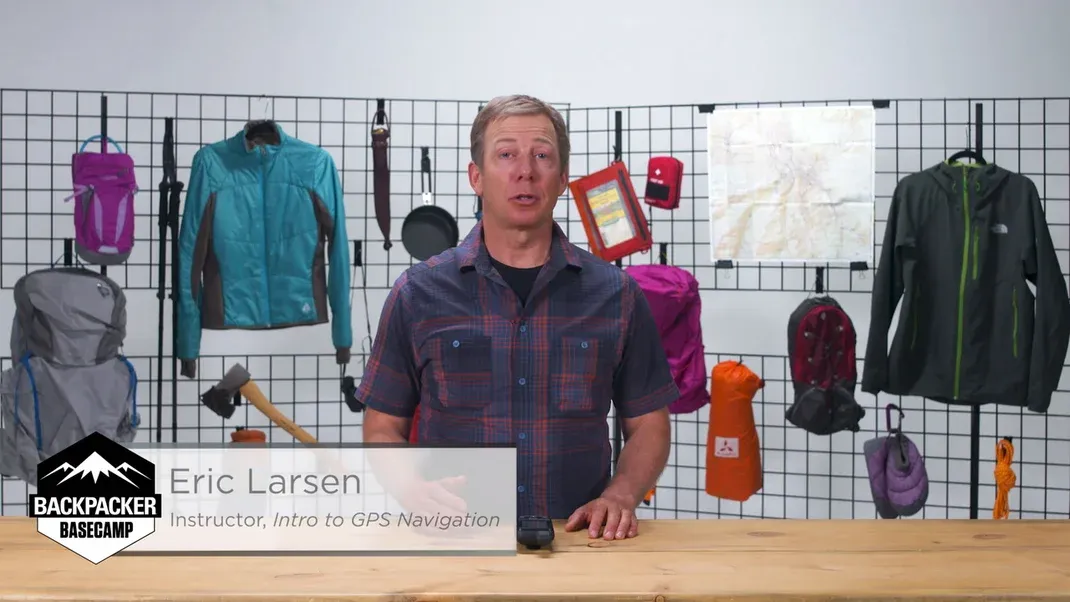NAVIGATION – STRING MEASURING
Navigation – String Measuring is a technique used in land surveying and construction to accurately measure distances and angles using a string or tape. This traditional method involves stretching the string between two points and using a compass or theodolite to establish a straight line. The string is then used to measure distances and angles by either marking it with stakes or using a measuring tape. This technique is commonly used in remote or rugged terrain where traditional surveying equipment may be difficult to use. Navigation – String Measuring is an essential tool for ensuring precise measurements in land surveying and construction projects.

Navigation – String Measuring is an important and highly useful tool that has been utilized for centuries by explorers, surveyors, and various other professionals. It is a method of determining direction and distance using a length of string, rope, or wire. This technique is particularly valuable in situations where traditional navigational tools such as maps, compasses, and GPS devices are not available or practical to use. Navigation – String Measuring is a versatile and reliable method that can be applied in a wide range of scenarios, from wilderness navigation to construction and land surveying.
The concept of Navigation – String Measuring is simple yet effective. The basic principle involves using a length of string to measure distances and angles in order to determine one's location or navigate a specific route. This method can be used to calculate the distance between two points, measure the length of a line or boundary, determine the direction of travel, or create accurate scale drawings of a given area. By utilizing a few basic techniques and principles, Navigation – String Measuring can provide accurate and reliable results in a variety of situations.
One of the key advantages of Navigation – String Measuring is its simplicity and accessibility. Unlike complex navigational tools and instruments, all that is required for this method is a length of string or rope, and a basic understanding of how to measure distances and angles. This makes Navigation – String Measuring an ideal technique for situations where traditional navigation tools may not be available, such as in remote wilderness areas, during power outages, or in emergency situations. Furthermore, this method can be easily learned and mastered by individuals with minimal training or experience, making it a valuable skill for outdoor enthusiasts, hikers, and adventurers.
In addition to its simplicity, Navigation – String Measuring is also highly versatile and adaptable. This method can be used in a wide variety of environments and conditions, from rugged wilderness terrain to urban landscapes. Whether navigating through dense forests, across open water, or in dense urban areas, Navigation – String Measuring can provide accurate and reliable results. Furthermore, this method can be used to measure distances and angles over long distances or across small-scale areas, making it suitable for a wide range of applications.
One of the key techniques used in Navigation – String Measuring is the process of pacing and measuring distances. This involves using a length of string to measure the distance between two points by walking the length of the string and counting the number of paces taken. By using a standard pace length and multiplying it by the number of paces, one can accurately measure the distance between two points. This technique is particularly useful in situations where traditional distance-measuring tools such as measuring tapes or wheel-based devices are not available or practical to use.
Another important aspect of Navigation – String Measuring is the ability to determine direction and angles using a length of string. By using a simple technique known as triangulation, one can determine the direction of a specific point or landmark by measuring the angle between the point and two reference points. This method can be used to navigate through unfamiliar terrain, locate specific landmarks, or create accurate scale drawings of a given area. By combining these techniques with basic map-reading skills and knowledge of topographical features, Navigation – String Measuring can provide a powerful and reliable method of navigating through diverse environments.
In addition to its practical applications, Navigation – String Measuring also has historical significance and cultural relevance. This method has been used for centuries by explorers, navigators, and surveyors to navigate through uncharted territories, map out new lands, and measure distances and angles with precision. The use of string measuring techniques can be found in ancient navigational practices, traditional land surveying methods, and indigenous knowledge systems. This demonstrates the enduring value and effectiveness of Navigation – String Measuring as a reliable and time-tested method of navigation and measurement.
Overall, Navigation – String Measuring is a highly valuable and versatile technique that has been used for centuries to determine direction and distance in a wide range of situations. This method is simple, accessible, and adaptable, making it suitable for a variety of environments and conditions. Whether navigating through wilderness terrain, determining property boundaries, or creating accurate scale drawings, Navigation – String Measuring can provide accurate and reliable results. With its historical significance and practical applications, this method remains a valuable tool for explorers, surveyors, and outdoor enthusiasts alike.






